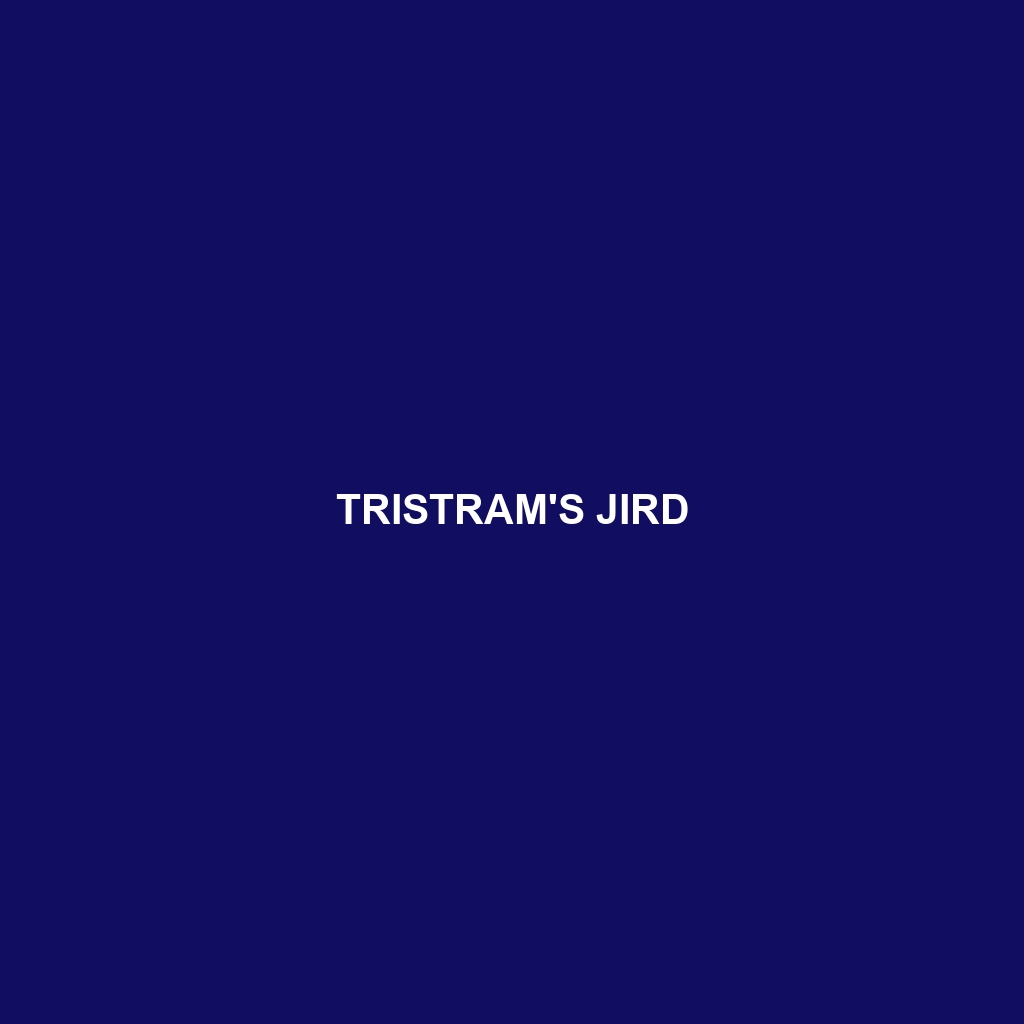Tristram’s Jird: A Comprehensive Species Description
Common Name: Tristram’s Jird
Scientific Name: Meriones tristrami
Habitat
Tristram’s Jird, also known as the desert jird, is primarily found in the arid regions of the Middle East, notably in countries such as Israel, Jordan, and the northern parts of Saudi Arabia. These rodents typically inhabit sandy and rocky plains, as well as areas with sparse vegetation, where they can burrow to escape extreme temperatures and predators.
Physical Characteristics
The average size of Tristram’s Jird ranges from 24 to 30 centimeters in length, with a tail that can be nearly as long as its body. Their fur is a sandy or light brown color, providing excellent camouflage against their desert surroundings. They possess large ears and long hind legs, which enable swift movements across their habitat. Notable features include their tufted tails and distinctively large cheek pouches, which they use to store food.
Behavior
Tristram’s Jird exhibits primarily nocturnal behavior, becoming active at night to forage for food and avoid the daytime heat. They are known for their burrowing habits, creating extensive underground tunnel systems that serve as protection and storage for food supplies. Socially, these jirds may be solitary or live in small family groups, engaging in complex communication through vocalizations and scent markings.
Diet
Tristram’s Jird is an herbivorous species predominantly feeding on seeds, roots, and various plants found in its desert environment. Their strong incisors allow them to efficiently gnaw on hard food sources, and they often gather and hoard food in their burrows to sustain themselves during times of scarcity. This caching behavior is essential for survival in their resource-limited habitat.
Reproduction
The breeding season for Tristram’s Jird typically coincides with favorable environmental conditions, often occurring in the spring and early summer. After a gestation period of about 21 days, females give birth to litters of 2 to 7 offspring. The young are born blind and helpless, but they mature rapidly and are weaned within a few weeks, quickly becoming independent.
Conservation Status
As of the latest assessments, Tristram’s Jird is classified as Least Concern by the IUCN, with stable populations observed throughout its range. However, habitat loss due to agricultural expansion and land development poses potential threats, and ongoing monitoring is essential to ensure their continued survival.
Interesting Facts
One fascinating aspect of Tristram’s Jird is their impressive adaptability to harsh desert climates. They can survive for extended periods without direct water intake, deriving moisture from the plants they consume. Additionally, their efficient burrowing systems help regulate temperature and provide safe nesting sites.
Role in Ecosystem
Tristram’s Jird plays a critical role in the desert ecosystem as a seed disperser and prey for larger predators. By eating and storing seeds, they contribute to the propagation of various plant species, which in turn maintain the ecological balance of their habitat. Their presence is vital for supporting the biodiversity of the desert environment.
